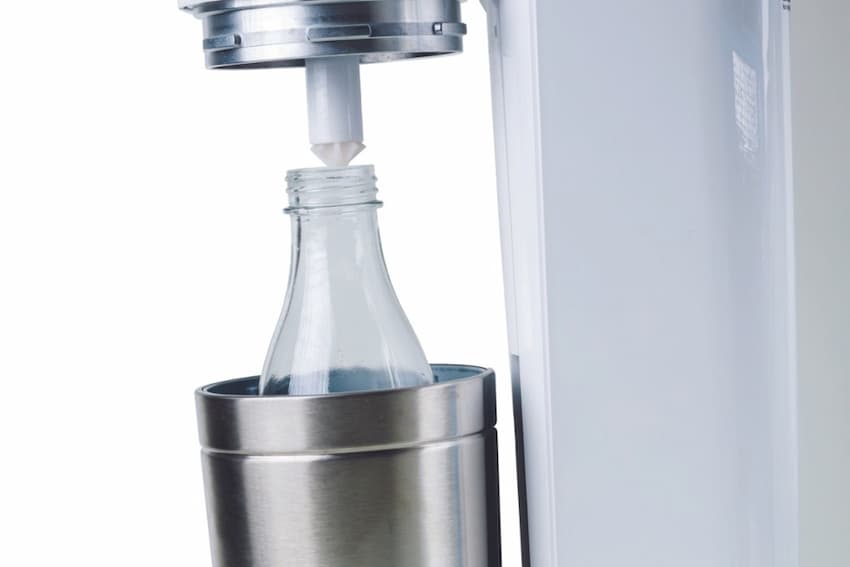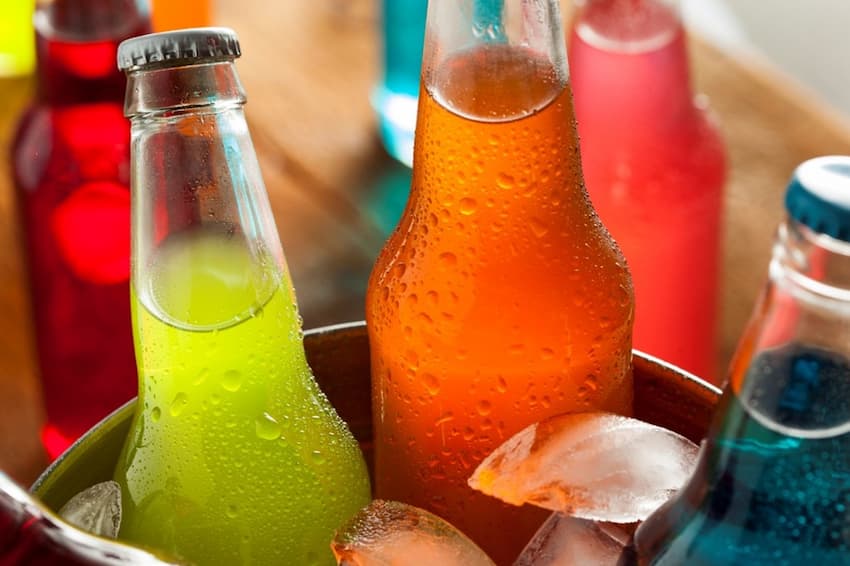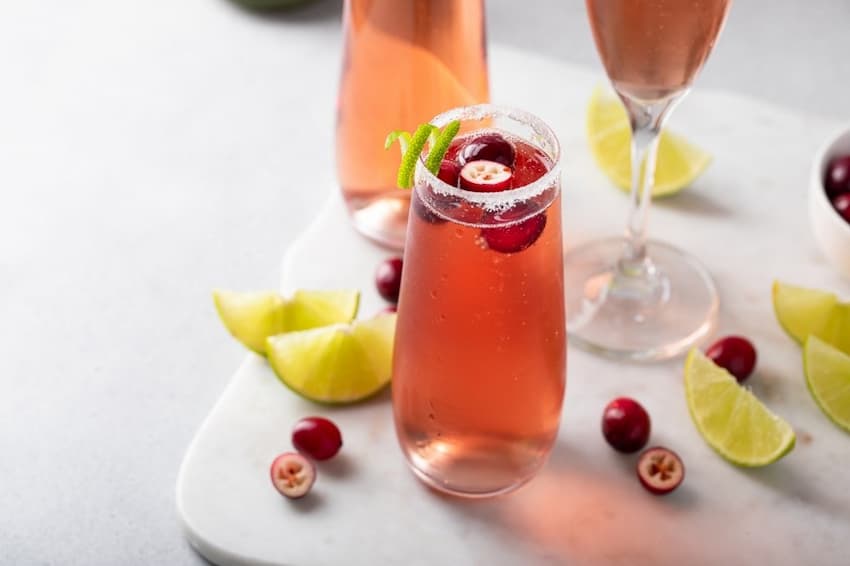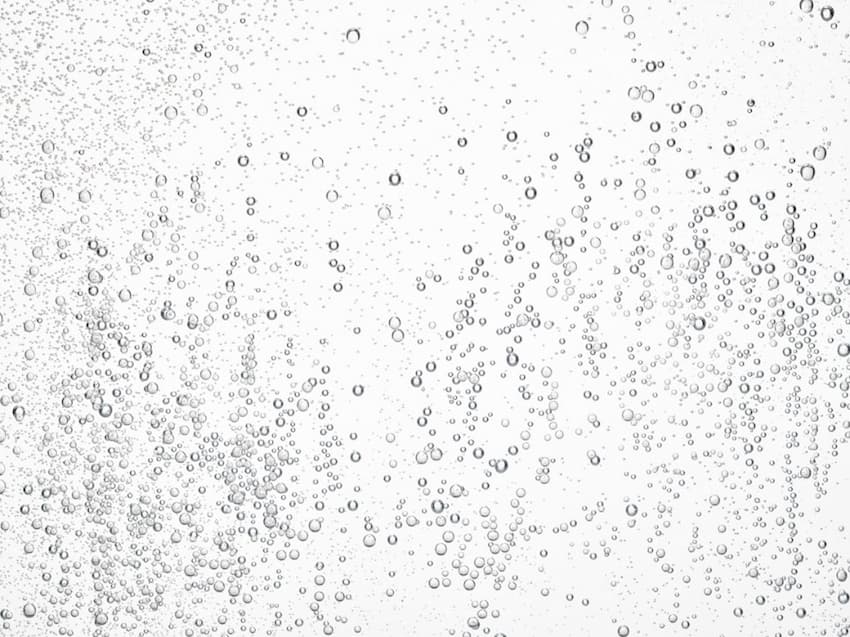Why You Should Never Sodastream Milk
The internet, at times, can be a strange place. Not too long ago, an unusual trend took it by storm, spreading like wildfire. This phenomenon involved YouTubers, bloggers, and influencers engaging in an unconventional activity: sodastreaming milk. The question of ‘why?’ lingered in the minds of many. Although the exact answer remains unknown, it appears the hype and excitement surrounding the then-newly released SodaStream compelled content creators to explore the boundaries of curiosity. The versatility of SodaStream and other at-home carbonating devices tempted users to get adventurous; the appeal of carbonating liquids seemed universal, ranging from traditional water to more unlikely candidates, like milk.
Nevertheless, these curious minds were in for a bitter surprise. Sodastreaming milk, as it turns out, is far from a brilliant idea. So here, we will use our extensive knowledge of gases to explain the scientific reasons why you should never sodastream milk.
The Rise of SodaStream and At-home Carbonating Machines
Upon its launch, SodaStream became a pioneer in at-home carbonation, and since then, it has reshaped how we consume beverages. Originally designed for carbonating water, domestic carbonating devices have become essential in many households, offering an eco-friendly alternative to store-bought soft drinks and sparkling water, reducing plastic waste. The primary purpose of CO2 SodaStream devices is to infuse water with carbon dioxide, transforming it into customisable sparkling water. There are many benefits, ranging from cost savings to environmental consciousness.
However, experimenting with these machines went beyond water. At some point, the natural curiosity of users led them to wonder: what if we try something different? It is here that milk, with its creamy texture and sweetness, became an intriguing yet unusual candidate for the carbonation experiment.
Why Milk and Carbonation Don’t Mix: The Science Behind It
As appealing as the idea of sodastreaming milk may be, the science behind it says otherwise, and the thrilling experiment can turn into a culinary catastrophe. Milk is a complex liquid comprising proteins and fats and does not react well when carbonated. The thermodynamics and biochemistry at play disrupt the desired outcome, resulting in a lacklustre and potentially unpleasant concoction.
Also, the temperature at which milk is stored further complicates matters, as colder liquids hinder carbon dioxide solubility, making it challenging to achieve the desired fizziness. Attempting to carbonate milk, therefore, isn’t just a culinary gamble; it’s a scientific gamble that often ends in disappointment.
The Risks and Negative Outcomes
SodaStream machines are precision-engineered for water carbonation through CO2 gas cylinders, and deviating from their intended use can result in several issues. The pressurised buildup required for carbonation may lead to leaks, clogs, or, worst-case scenario, a messy explosion. It is safe to say that not only does this pose a safety risk, but it can also inflict serious damage to your machine!
Additionally, the taste and texture of carbonated milk are definitely not something you will remember fondly. Natural sugars in milk can react with carbon dioxide, heavily altering the flavour and resulting in a sour, less-than-appetising experience.
Enjoying the Fizz Responsibly: Alternatives to Milk Carbonation
As we saw, sodastreaming milk should be the last experiment you want to attempt, both safety-wise and taste-wise. At Bottle Gases, we want you to really enjoy your at-home carbonation experience, which is why we are here to recommend safer and equally exciting alternatives that promise a delightful, bubbly sip.
Fruit-infused waters, for instance, are a vibrant and refreshing option, allowing you to combine the crispness of carbonation with the natural flavours of fruits like berries, mint, citrus, or herbs. The possibilities are diverse so that you can safely craft your sparkling creations while avoiding the disastrous outcomes of experimenting with milk.
Another tantalising and tasty alternative is cold-brew coffee. After all, who doesn’t like a good cup of coffee with a twist? This trendsetter in the coffee world perfectly pairs with carbonation, offering a fresh and energising beverage. The smooth, less acidic profile of cold-brew coffee becomes even more enticing with the addition of gentle effervescence, providing a satisfying and innovative touch to a classic favourite.
Incredibly enough, tea can be another creative, delightful alternative, providing a tingly taste experience that can be enjoyed on its own or as a base for creative tea-based cocktails or mocktails. All you need is your favourite tea blend, water, and some sweetener or flavourings (optional). Just remember to let your tea cool down before sodastreaming it, either at room temperature or by adding some ice cubes to it. The outcome will be delicious!
Elevate Every Sip With Bottle Gases
It is exciting and sometimes tempting to push our appliances and curiosity to the limits. And while creativity is encouraged, attempting such feats as sodastreaming milk is something best left unexplored. Not only does adding carbonation to milk defy the scientific limits of what these machines can handle, but it also poses potential safety risks and will leave a sour taste in your mouth.
At Bottle Gases, we want you to enjoy the magic of at-home carbonation, so our bottled gases and CO2 gas cylinders can help you explore your tastes responsibly, pursuing the thrill of invention. Browse our product catalogue, and should you have any doubts or enquiries, remember you can reach out to us. We will be happy to assist you with any requests you may have.









